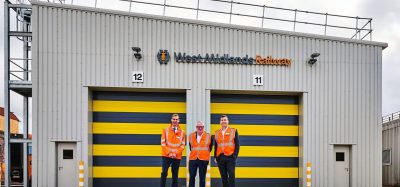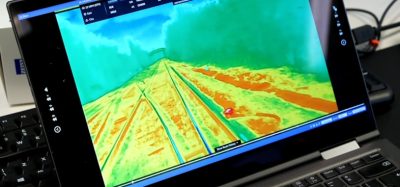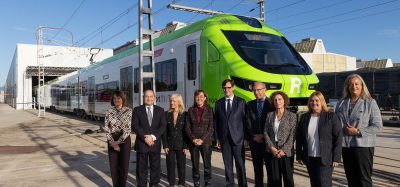SILVARSTAR project: Soil vibration and auralisation software tools for application in railways
Posted: 8 February 2022 | David Thompson, Geert Degrande, Marta Garcia, Pascal Bouvet, Reto Pieren | No comments yet
In this article for Global Railway Review, we discover how, in the work of the SILVARSTAR project, the development of auralisation and visualisation tools can be used to predict, and demonstrate, railway noise using virtual reality technology.
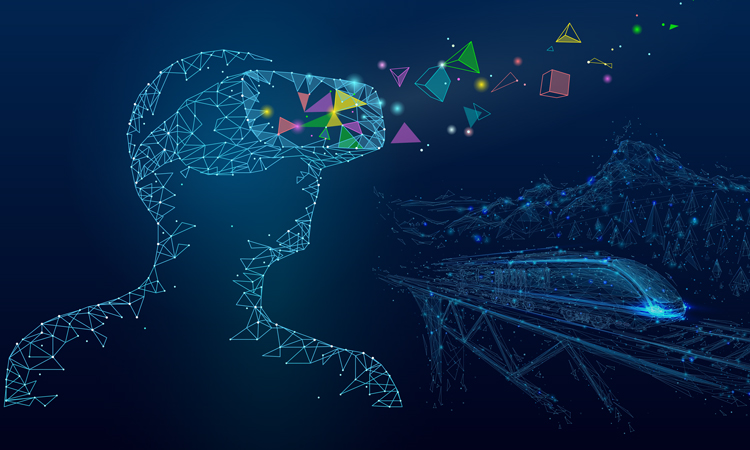

Although rail is a sustainable and climate-friendly mode of transport, noise and vibration remain particular environmental concerns. As urban congestion and demand for mass transportation increase, new railways are built closer to buildings, while development expands into the vicinity of existing railways. People living near railways are becoming increasingly sensitive and unable to tolerate noise and vibration, while the operation of sensitive equipment (e.g. electron microscopes, MRI scanners) is hampered by vibration transmitted into buildings.
Addressing these technical and socio-economic challenges requires the use of efficient and proven tools to quantify and assess the noise and vibration impacts of railway networks. In addition, the possibility to use auralisation and visualisation tools based on virtual reality (VR) technology opens up new opportunities to communicate the findings of noise studies. Such prediction and demonstration tools can help, for example, in determining where noise and vibration reduction should be prioritised, and in deciding on the most appropriate reduction measures depending on external constraints such as efficiency, cost and space.
To address these challenges, SILVARSTAR – a two-year collaborative project under the Shift2Rail Joint Undertaking (JU) Programme – aims to provide the railway community with proven software tools and methodologies to assess the noise and vibration environmental impact of railway traffic at a system level. The project brings together a unique consortium of six leading industrial, academic and association partners to contribute excellence in noise and vibration within the Cross-Cutting Activities of Shift2Rail.
The project partners are from five different European countries and have complementary knowledge areas and skills to promote the scientific outcome and to ensure the industrial uptake and delivery of tangible results in the field: Vibratec (France, Coordinator), Wölfel Engineering (Germany), Empa, Swiss Federal Laboratories for Materials Science and Technology (Switzerland), University of Southampton – Institute of Sound & Vibration Research (ISVR, United Kingdom), KU Leuven (Belgium) and UNIFE – European Rail Industry Association (Belgium).
Prediction of ground vibration through the development and validation of a hybrid approach
The first workstream (see Figure 1) focuses on the prediction of ground vibration through the development and validation of a hybrid approach, combining numerical prediction with experimental results. The computational model will be integrated into an existing tool and linked to a Geographical Information System (GIS), providing a Graphical User Interface (GUI) that allows vibration and noise impact studies to be performed. The basic concept is to develop a frequency-based hybrid vibration prediction tool that follows the general framework recommended in international standards that express the vibration level in a building during a train passage as the product of source, propagation and receiver terms. By combining experimental data with numerical predictions, this hybrid approach provides much more flexibility and applicability than purely experimental models.
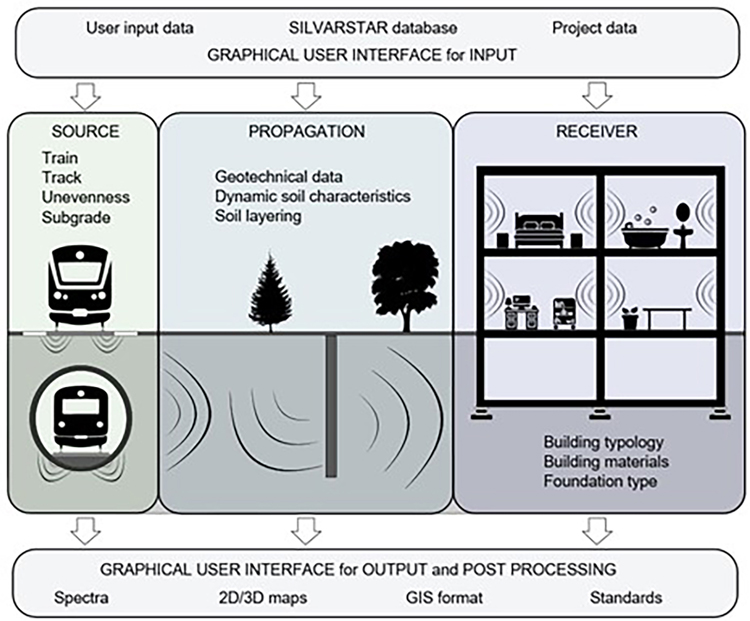

Figure 1: FIRST WORKSTREAM OF SILVARSTAR OVERVIEW
This prototype prediction tool (TRL 5) will be fully integrated with the existing noise mapping software IMMI developed by Wölfel. The collaboration with ISVR, KU Leuven and Vibratec will result in a unique software platform that will allow engineers to perform noise and vibration environmental impact studies within the same integrated software environment. The proposed hybrid modular approach provides full modelling flexibility at each stage of the design process. Embedding in existing software will simplify the modelling process, as fewer interfaces are needed. Extensive validation and approval testing will increase confidence levels. It is intended that this novel software product will be upgraded to TRL 9 soon after completion of the SILVARSTAR project to find widespread application in railway engineering. The prediction tool will enable the assessment of vibration levels for both largescale studies and more detailed studies by rolling stock manufacturers, track engineers, overhead railway owners and noise and vibration consultants.
Developing auralisation and VR software tools
In the second workstream, auralisation and virtual reality (VR) software tools are being developed based on a physics-based model to synthesise railway noise in high quality (see Figure 2). A novel audio-visual VR tool will enable a demonstration of railway noise including different mitigation measures.
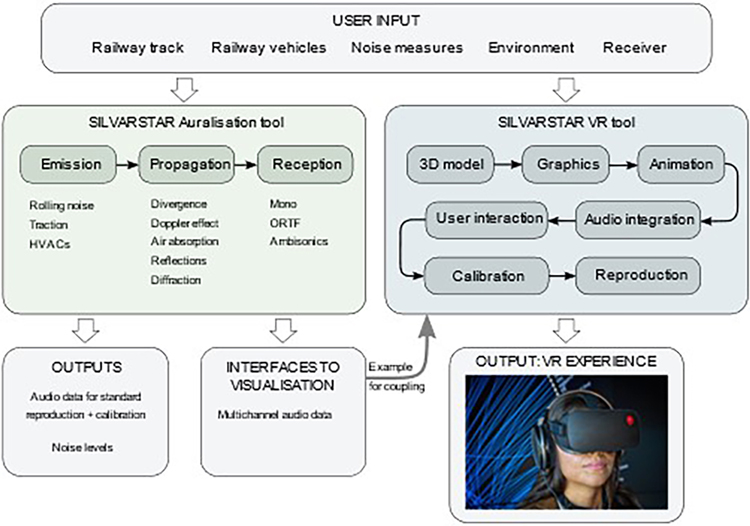

Figure 2: SECOND WORKSTREAM OF SILVARSTAR OVERVIEW
The main contribution to the auralisation and VR of railway noise in SILVARSTAR is the further development of the latest scientific computational models to consider different mitigation measures. The SILVARSTAR auralisation models will be linked to commercial 3D visualisation software to realise immersive audio-visual VR experiences of railway scenes extending the applicability of the simulation beyond the state-of-the-art.
In this field, the main innovation of SILVARSTAR lies in the development of novel, ready-to-use auralisation and VR software tools and creation of a unique VR system to demonstrate railway noise. The new simulation tools will allow physically correct synthesis of railway pass-by noise and provide immersive audio-visual VR experiences of future railway noise scenarios using a portable VR headset. As this allows users personally to experience, i.e. hear and see, realistic 3D scenes in a virtual environment, it is a modern and promising tool to communicate acoustic situations intuitively.
These novel tools will enable perception-based virtual testing of noise mitigation technologies and an effective demonstration of different noise scenarios, including noise mitigation measures and vehicle design variants. This will support decision-making and facilitate communication with stakeholders such as vehicle customers, engineers and designers through VR prior to project delivery. In order to communicate noise scenarios to local residents, policy-makers and the general public in the context of land use planning and infrastructure projects, the developed systems will support different display modes and interfaces to existing 3D visualisation software. Within SILVARSTAR, the new auralisation and VR software tools will be released as fully functional freeware applications. SILVARSTAR will thus take auralisation and VR of railway noise to the next level and provide new software tools to the industry.
Regulations
In relation with the regulatory framework, there are currently no harmonised European limits applied to vibration levels in buildings caused by transport systems; the same is true for re-radiated structureborne noise inside buildings. Therefore, the SILVARSTAR project will focus on this aspect of exploitation for standardisation activities. This will mainly be accomplished through the individual links of members with standards and guidelines technical working groups (DIN 4150-2:1999, ISO/ TC108/SC2/WG8, VASTCON TWG, CEN/CENELEC). The integration of the SILVARSTAR methodologies into standards will accelerate their acceptance in the railway engineering community and ensure the use of the associated tools.
FINE-2
SILVARSTAR works closely with the complementary Shift2Rail Members’ project FINE-21. FINE‑2 is composed of three work streams that investigate means of enabling integrated mobility management, saving energy and reducing noise and vibration. SILVARSTAR is aligned with the vibration activities of FINE-2. In addition, the interaction with relevant stakeholders such as the steering committee of the Shift2Rail Cross‑Cutting Activities (CCA), the EU Agency for Railways (ERA) and TC256/WG3 on Noise of the European Committee for Standardization (CEN) will ensure maximum visibility, impact and acceptance of the SILVARSTAR outcomes.
For further information please visit the project website.
References
1. Noise and vibration work in the FINE-2 project – Global Railway Review, Volume 27, Issue 6 2021, page 12-15
Authors
- Pascal Bouvet Project Coordinator, Vibratec
- Geert Degrande KU Leuven
- Reto Pieren Swiss Federal Laboratories for Materials Science and Technology (Empa)
- David Thompson ISRV, University of Southampton
- Marta García Union des Industries Ferroviaires Européennes (UNIFE)
The SILVARSTAR project received funding from the European Union’s Horizon 2020 research and innovation programme under grant agreement N 101015442. This document reflects only the authors’ views and that the JU is not responsible for any use that may be made of the information it contains.
Global Railway Review Autumn/ Winter Issue 2025
Welcome to 2025’s Autumn/ Winter issue of Global Railway Review!
The dynamism of our sector has never been more apparent, driven by technological leaps, evolving societal demands, and an urgent global imperative for sustainable solutions.
>>> Read the issue in full now! <<<
Issue
Related topics
Noise & Vibrations, Passenger Experience/Satisfaction, Regulation & Legislation, Rolling Stock Components (Interior/Exterior), Technology & Software, Track/Infrastructure Maintenance & Engineering, Virtual Reality (VR)
Related organisations
Related people
David Thompson, Geert Degrande, Marta Garcia, Pascal Bouvet, Reto Pieren




